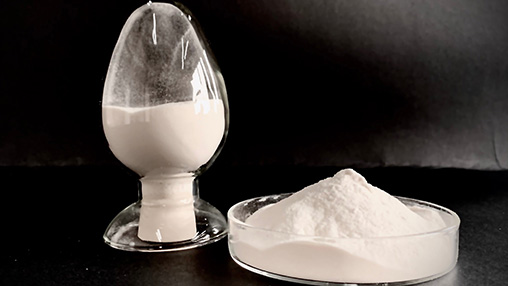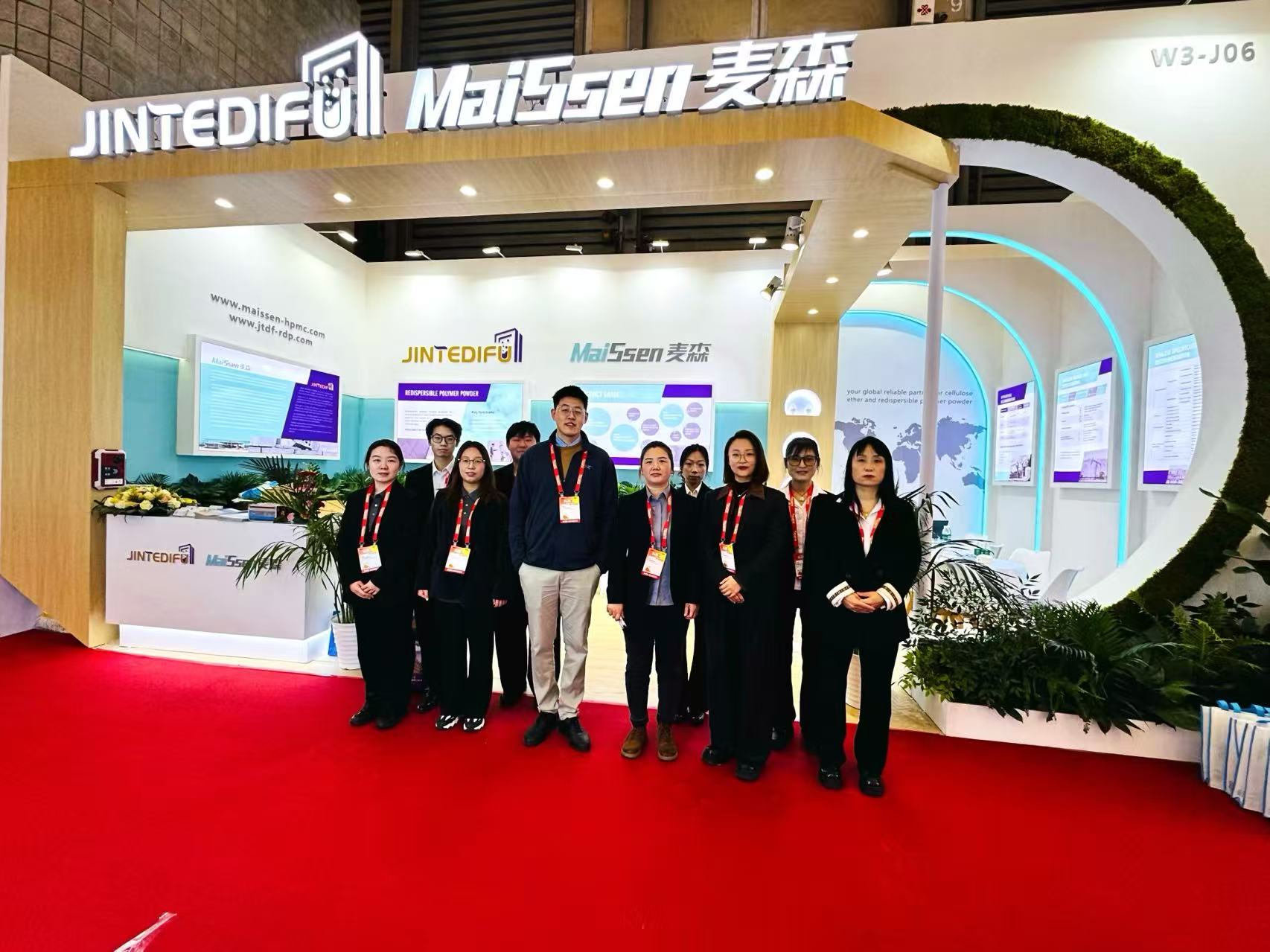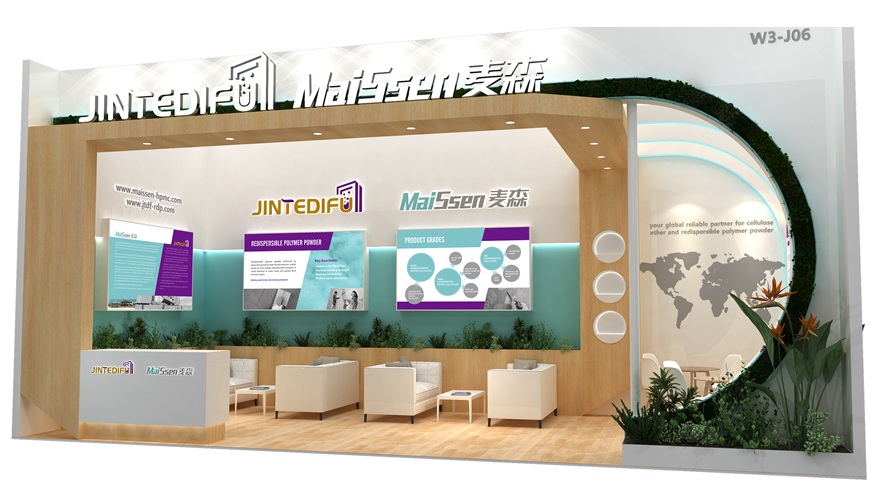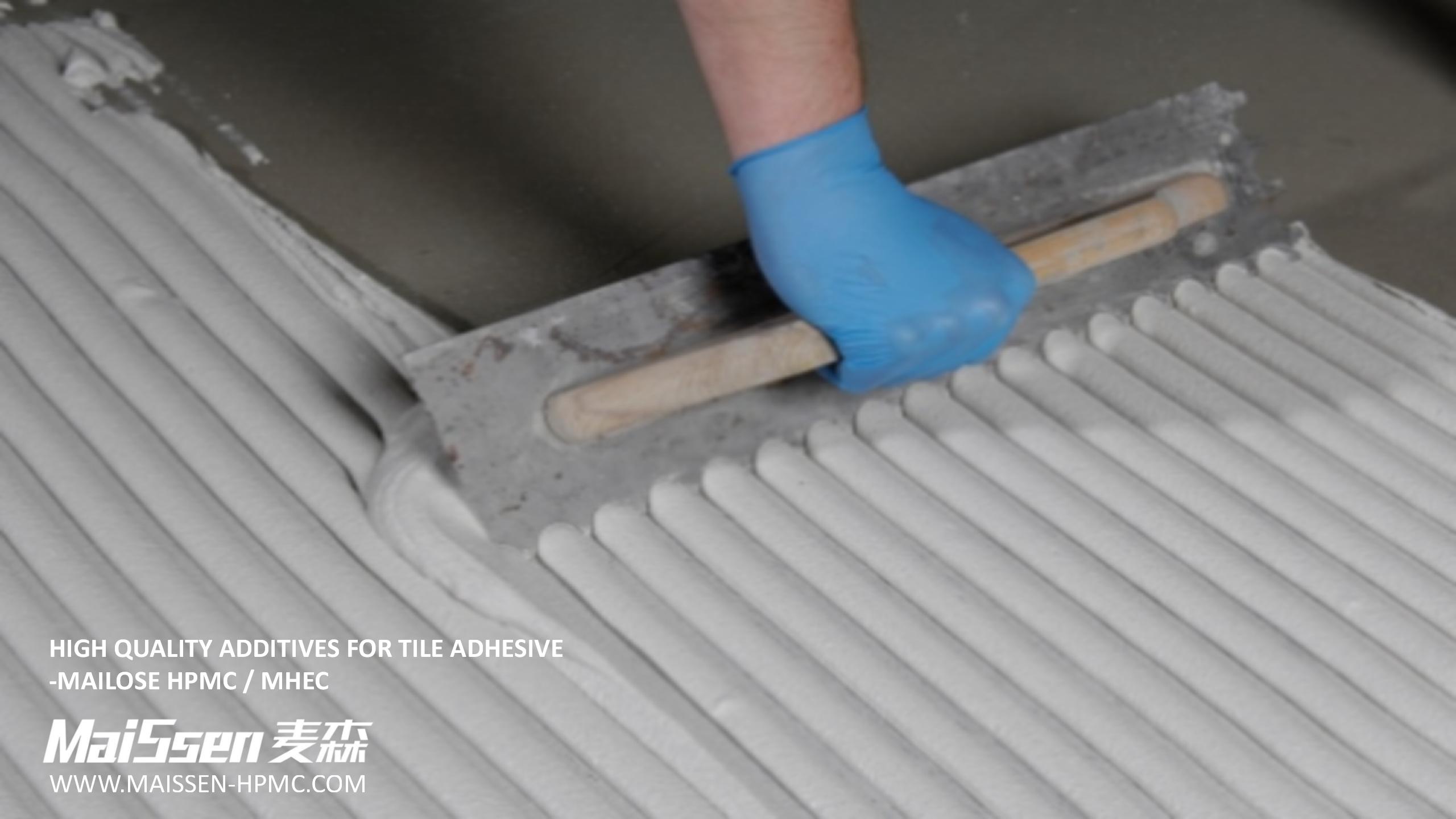Hydroxypropyl methylcellulose is one of the non-ionic cellulose hybrid ethers. It is a semi-synthetic, inactive, viscoelastic polymer.

It is used as thickener, dispersant, binder, excipient, oil resistant coating, filler, emulsifier and stabilizer in textile industry. It is also widely used in synthetic resin, petrochemical, ceramic, paper, leather, pharmaceutical, food and cosmetic industries.
Physical and Chemical Properties
Appearance: white or off-white fibrous or granular powder
Stability: Solid is flammable and incompatible with strong oxidizing agents.
Granularity; 100 mesh passing rate is more than 98.5%; 80 mesh passing rate is 100%. Special specifications of particle size 40-60 mesh.
Carbonization temperature: 280-300℃
Depending on the density: 0.25-0.70g/cm3 (usually around 0.5g/cm3), specific gravity 1.26-1.31
Discoloration temperature: 190-200℃
Surface tension: 42-56dyne/cm for 2% aqueous solution
Solubility properties: soluble in water and some solvents, such as the appropriate ratio of ethanol/water, propanol/water, etc. Aqueous solution has surface activity. High transparency, stable performance, different specifications of the product gel temperature is different, solubility changes with viscosity, the lower the viscosity, the greater the solubility, different specifications of HPMC its performance has some differences, HPMC dissolution in water is not affected by the pH value.
HPMC dissolution in water is not affected by pH. HPMC decreases with the decrease of methoxy content, increase of gel point, decrease of water solubility, and decrease of surface activity.
HPMC also has thickening ability, salt resistance, low ash powder, pH stability, water retention, dimensional stability, excellent film formation, and wide range of enzyme resistance, dispersibility and adhesion.
Main Uses
1. Construction Industry
As water retaining agent and retarding agent of cement mortar to make mortar with pumping property. In plastering mortar, plaster material, putty powder or other building materials As a binder to improve the applicability and extend the operability time. Used as paste tile, marble, plastic decoration, paste enhancer, also can reduce the amount of cement. The water retention property of HPMC makes the paste not crack after application because it dries too fast and enhances the strength after hardening.
2. Ceramic Manufacturing Industry
It is widely used as adhesive in the manufacture of ceramic products.
3. Coating Industry.
As thickener, dispersant and stabilizer in the coating industry, it has good compatibility in water or organic solvents. As paint stripper.
4. Ink Printing.
In the ink industry as a thickener, dispersant and stabilizer, have good solubility in water or organic solvents.
5. Plastics.
As molding release agent, softening agent, lubricant, etc.
6. Polyvinyl Chloride.
Polyvinyl chloride production as dispersant, the main auxiliary for the preparation of PVC in suspension polymerization.
7. Pharmaceutical Industry.
Coating materials; film materials; slow-release preparations of speed-controlled polymer materials; stabilizers; suspension aids; tablet binder; viscosity enhancers.
8. Other.
Also widely used in leather, paper products industry, fruit and vegetable preservation and textile industry, etc.
For more information, please contact us. We will provide professional answers.









